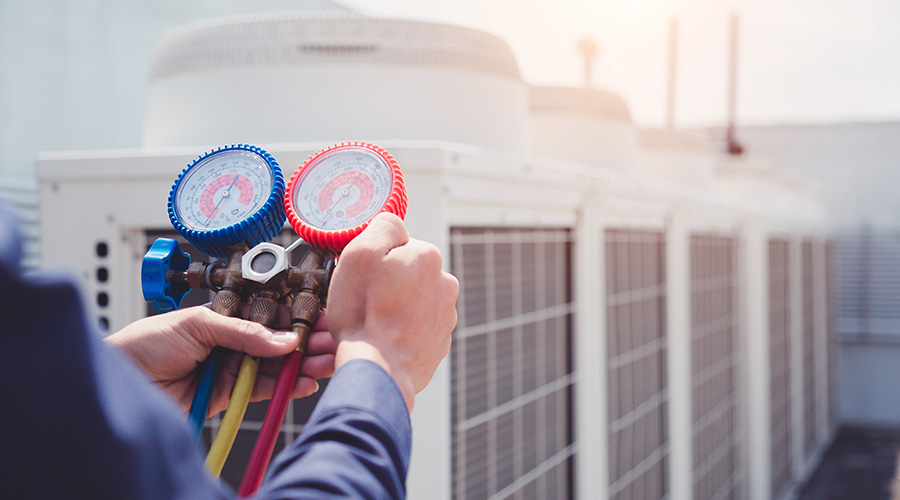Boilers: Understand the Full Picture on Energy Savings
Make sure to consider the range of factors that contribute to boiler energy savings and efficiency.
When it comes to boilers, the current choice for lowest operating costs continue to be gas-fired condensing units operating at system water temperatures that promote flue gas condensation (maximum 140 F supply to the building and 120 F return to the boiler). Condensing equipment in the 92 percent and higher ratings are now common in boiler sizes ranging from small residential to large commercial.
When replacing a boiler rated at 86 percent, building owners often make the mistake of assuming the savings are only related to the rating plate difference – in this example, a mere six percent — but they are not seeing the whole picture. Real-world retrofit improvements in fuel consumption regularly exceed 20 percent and can go much higher. Extra savings are the result of a range of factors including:
• Reduced flue losses with sealed venting systems vs. natural draft venting.
• Lower operating temperatures with weather-responsive control vs. fixed high temperature operation.
• “Rightsizing” boiler output through boiler staging and burner modulation.
• Reduction of short cycling losses through burner modulation to allow longer cycles at lower firing rates.
• Reducing system supply water temperature with building envelope and heat terminal unit upgrades.
• Integrated electronic controls, purpose-built and pre-loaded with sophisticated software, to monitor a boiler’s functions and operate its key components in a coherent manner.
In addition, many boilers can also interface with users and building automation systems through dedicated on-board graphical user interfaces, BACnet, LonWorks, and other protocols to provide diagnostic information, fault alarms, operating information, and remote adjustment capabilities. Regular monitoring of the whole heating system including boiler functions can help facility managers maintain optimum efficiency and alert them to issues such as tampering and component degradation that may reduce their savings.
Related Topics:
















